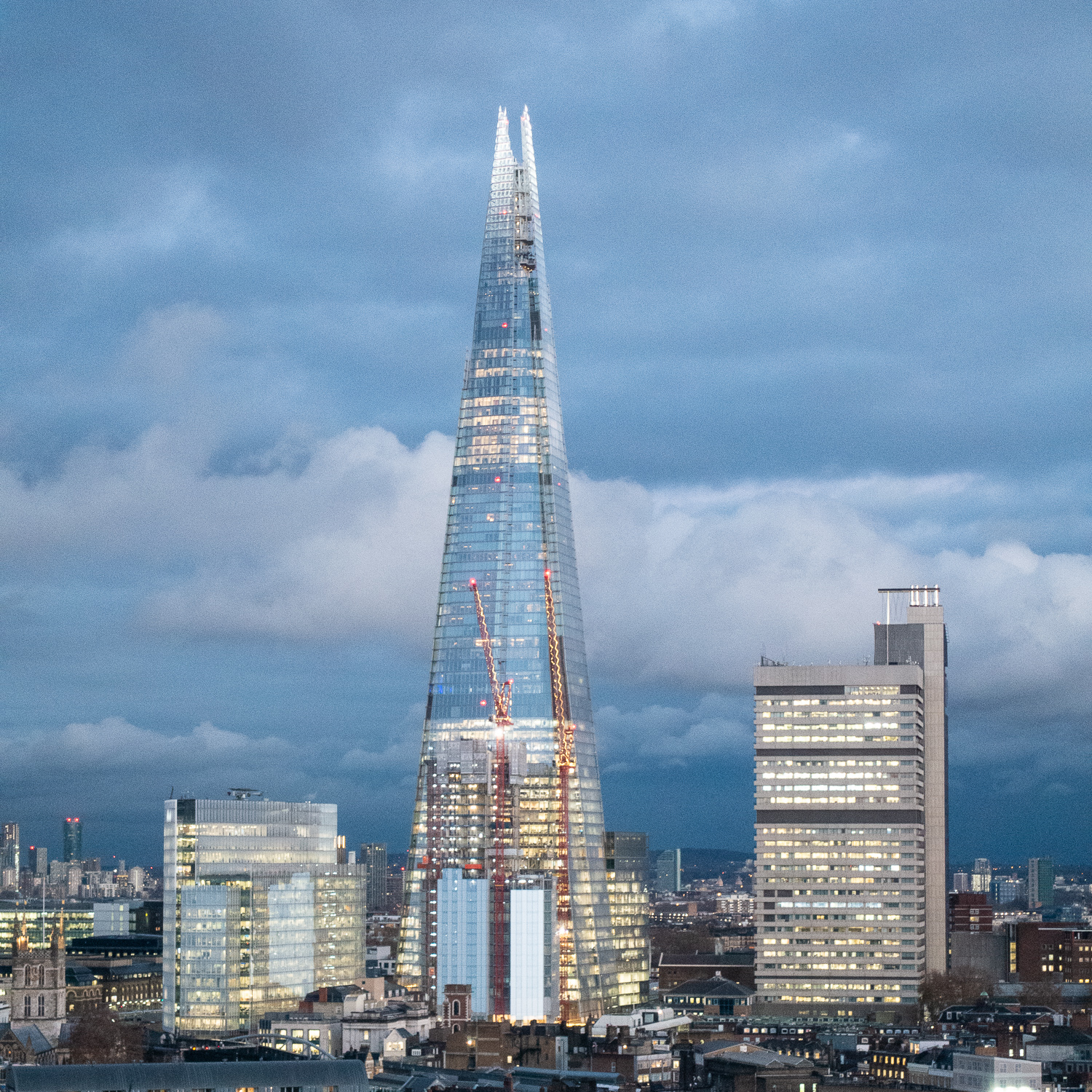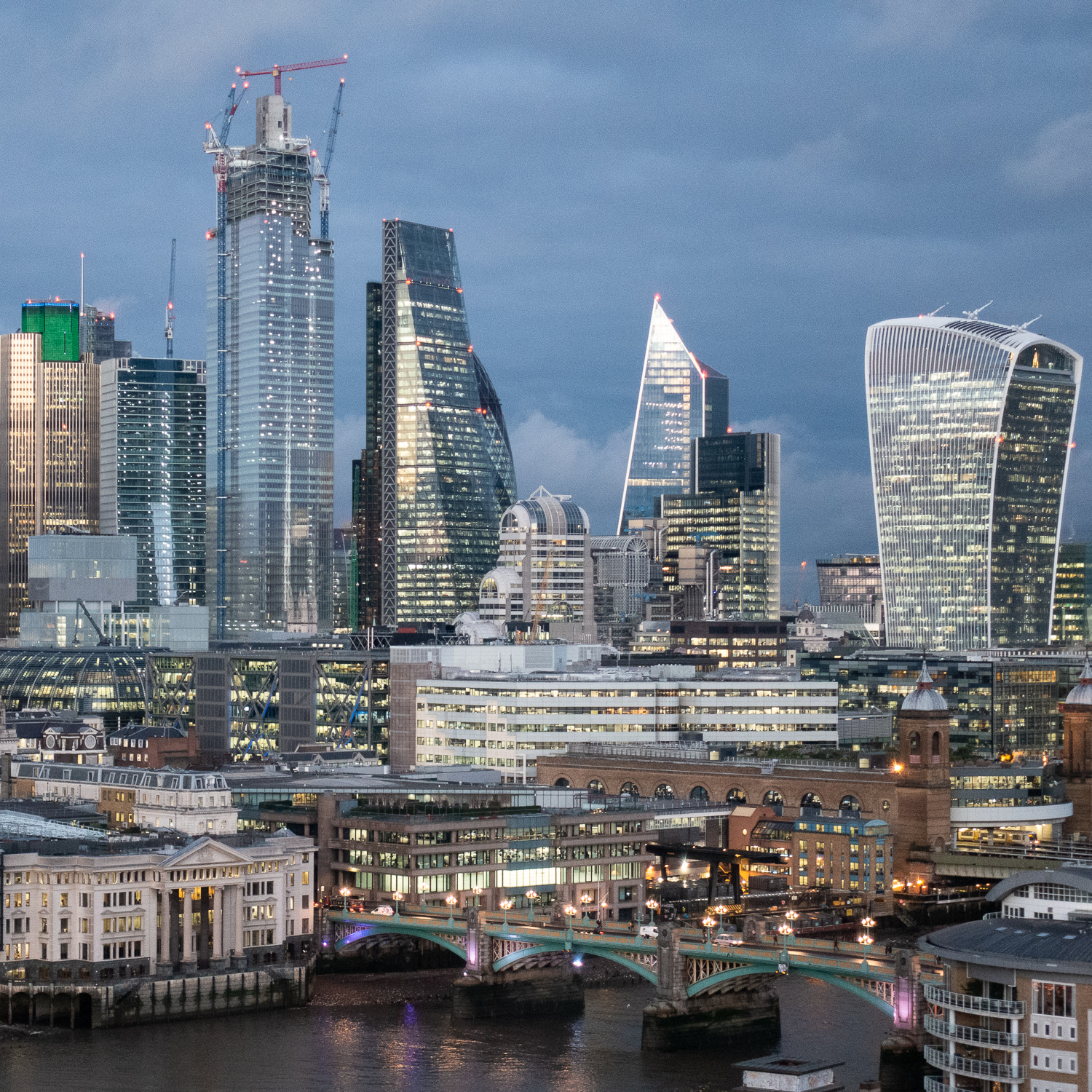From Tate Modern 10th floor , 3rd December 2018
Caroline Knowles (2018) explores how photography can play a unique role in understanding the complexity and dynamism of cities. She states that:
‘Photography is proving itself an invaluable tool in urban investigation and analysis as well as in campaigning arenas for global social justice. But there is scope to work in still more imaginative ways in bringing what is not seen before the public gaze in new and exciting grammars of images.’ (p.20)
In this post I want to explore how the role for photography envisaged by Knowles relates to my own work and, in particular, my proposed final major project. In her own fieldwork (as a sociologist) Knowles has used photographs as a way of exploring lived experience, for instance of homeless and marginalised people with schizophrenia. The relationship with the city evident in the images produced (in a collaboration between the researcher, a photographer and the participants) is very different from that expressed in words, and enables consideration of the ‘unspoken’ (and perhaps even the ‘unspeakable’). Producing, and discussing, images (for instance, in a form of photo-elicitation) enriches insight into the lives of the participants, and also creates the opportunity to consider what is not visible in the images. Images also enable aspects of the outcomes of the study to be communicated to, and engage, different audiences. Images can also provoke consideration of the relationship between the macro and the micro, and between different forms of practice and experience that fall within the frame. Images both invoke what is framed, whilst raising questions about the wider context within which they are produced. Relationships between people and with their environment can be explored through, for instance, environmental portraiture. Photographs also foreground the embodied nature of experience and activity, and entanglement and engagement with the city (and with each other) in both spatial and temporal trajectories.
Visual methods can work in consort with other forms of investigation and representation (ethnographic, statistical, cartographic, textual), bringing forward the kinaesthetic, contextual and sensual dimensions of experience. Knowles cautions, though, against banal and descriptive uses of images, either supplementing text or as the object of convoluted and obscuring narrative. Images ‘suggest other ways of thinking’ (p.17). Photography can enable us to slice through the city, and explore the tapestry of intersecting lives, activities and contexts. Knowles suggests a tactic of selecting a group, or category, of people and following members in their passage through the city. Or taking an object and following its pathway, or focussing on an event or a microcosm, or a part of a city that exemplifies a set of issues or a movement. These are different points of entry for investigation, which then give rise to sets of pragmatic, ethical and methodological decisions as the investigation unfolds. The point here is to preserve, and enhance, the distinctiveness of photographic image making as a supplement or a challenge to logocentric textual and statistical forms of enquiry.
My own study employs three levels of image making, which range across the uses of photography suggested by Knowles, from a form of elicitation (gaining insight into the lived experience and aspirations of residents) to an artistic response to environments and lifeworlds encountered. It is by necessity cross- or inter-disciplinary. As the recent meeting of the UKRI Loneliness and Social Isolation in Mental Health network made clear, the major challenge here is to create a new space for the production of new forms of knowledge, through new configurations of disciplines and approaches. As Barthes (1986) observes,
‘in order to do interdisciplinary work it is not enough to take a “subject” (a theme) and to arrange two or three sciences around it. Interdisciplinary study consists in creating a new object, which belongs to no one.’ (p.73)
This accentuates the need not just for integrity and rigour within a discipline (for instance, the visual arts), but the ability to build relationships and networks across disciplines, professions, communities and contexts.
References
Barthes, R. (1986), The Rustle of Language (trans. R. Howard). Oxford: Basil Blackwell.
Knowles, C. (2018). ‘Researching and Photographing Cities: Getting Started’ in S. Nichols & S.Dobson (Eds), Learning Cities: Multimodal Explorations and Placed Pedagogies, Springer: Singapore, pp. 9-22.



